If you’re a fan of flamenco music, you’re likely familiar with the distinctive sound of the flamenco guitar. But what is a flamenco guitar exactly, and how is it different from other types of guitars? In this article, we’ll explore the history and unique features of this iconic instrument.
Flamenco is a style of music and dance that originated in the Andalusia region of southern Spain, and the flamenco guitar is an essential component of this genre. Unlike classical guitars, which have a wider neck and a more mellow tone, flamenco guitars are designed to produce a livelier, more percussive sound that is well-suited to the intricate rhythms and melodies of flamenco music.
One of the key differences between a flamenco guitar and a classical guitar is the way they are constructed. Flamenco guitars typically have thinner tops and less internal bracing, which allows for a more responsive and resonant sound. They also often have a shallower body, which makes them more comfortable to play while seated. Additionally, flamenco guitars are typically strung with nylon strings, which produce a brighter, more percussive sound than the steel strings commonly used on acoustic guitars.
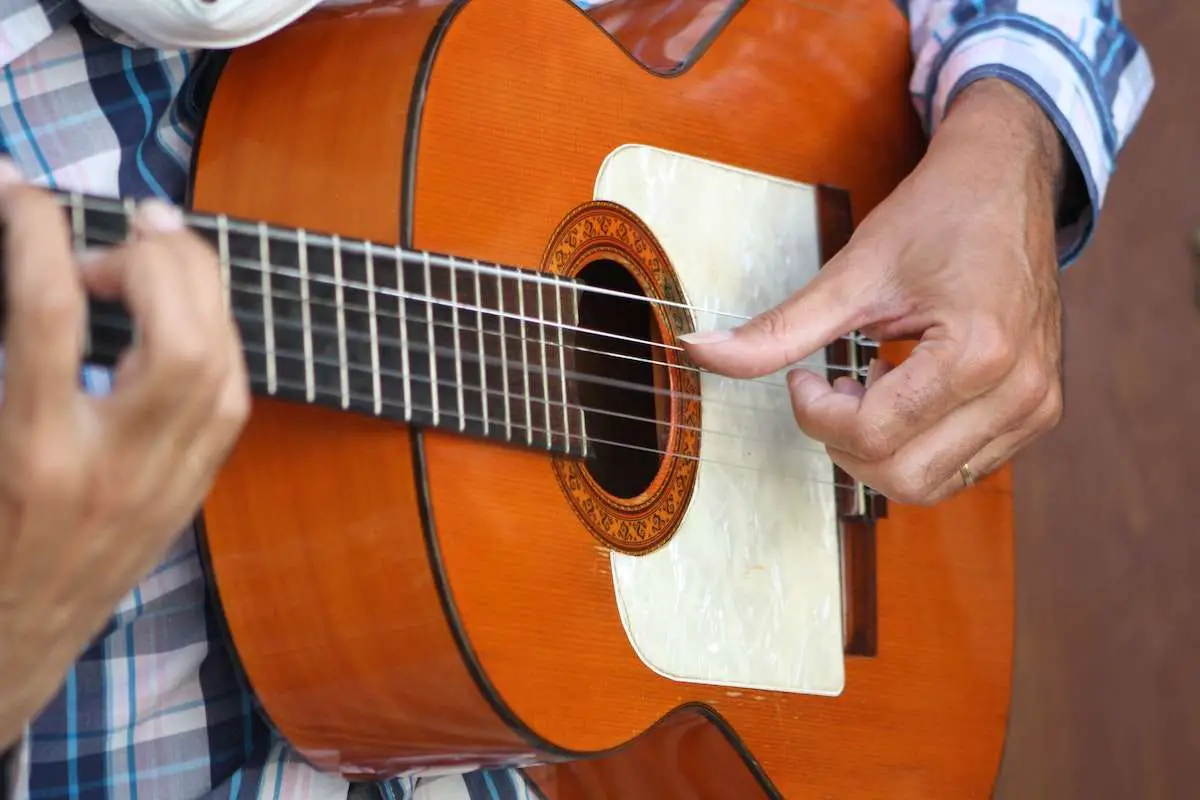
History of Flamenco Guitar
The flamenco guitar has a rich history that spans centuries and various cultures. It is said to have originated in Andalusia, a region in southern Spain that has been influenced by many different groups throughout history, including the Moors, Gypsies, and Sephardic Jews.
The guitar itself has been around for thousands of years, with primitive string instruments dating back to ancient Egyptian, Sumerian, and Babylonian civilizations. However, the flamenco guitar as we know it today did not come into existence until the middle of the 19th century.
Flamenco music, which is characterized by its passionate singing, intricate footwork, and rhythmic hand clapping, was originally performed without any musical accompaniment. It wasn’t until the late 18th century that the guitar began to be used in flamenco performances, first as a simple rhythm instrument and later as a solo instrument.
The early flamenco guitarists were often self-taught and played on simple instruments with gut strings. It wasn’t until the early 20th century that luthiers began to specialize in making flamenco guitars, which are designed to produce a bright, percussive sound that can cut through the noise of a crowded café cantante, a type of social club where flamenco was often performed.
Today, the flamenco guitar is an integral part of the flamenco subculture and is played by musicians all over the world. Flamenco guitarists continue to push the boundaries of the instrument, experimenting with new techniques and incorporating elements of jazz, rock, and other genres into their playing.
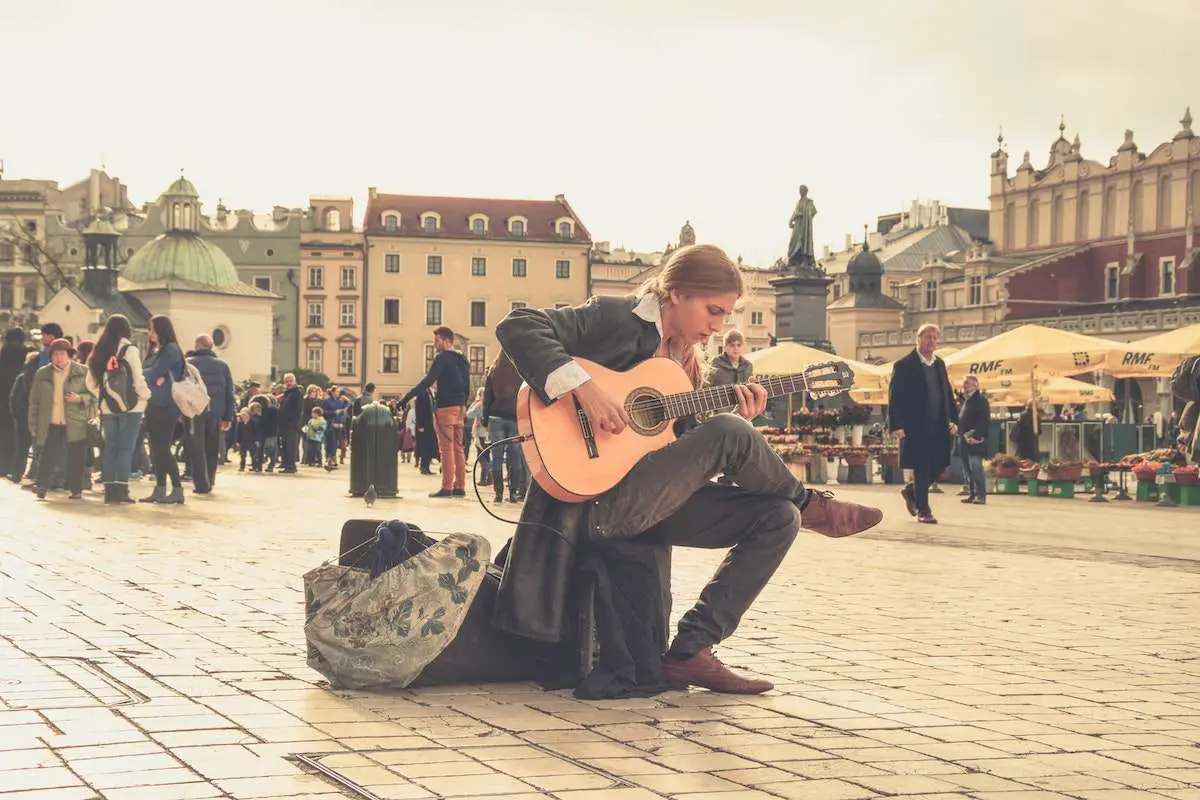
Flamenco Guitar Construction
When it comes to constructing a flamenco guitar, there are certain differences compared to a classical guitar. The flamenco guitar is designed to emphasize volume and the attack of the note, rather than sustain. This is achieved by using different woods and materials.
The top of a flamenco guitar is typically made from spruce, which is a lightweight and resonant wood that produces a bright and clear sound. The back and sides are usually made from cypress or sycamore, which are also lightweight and contribute to the guitar’s volume. Rosewood and mahogany, which are commonly used in classical guitars, are not typically used in flamenco guitars due to their heavier weight and slower sound response.
In addition to the choice of woods, the construction of a flamenco guitar also includes a tap-plate, also known as a golpeador. This is a protective plate that is installed on the surface of the guitar to allow the player to tap the guitar without causing damage to the instrument. The strings of a flamenco guitar are also typically closer to the frets, which enables faster left-hand action.
Characteristics of Flamenco Guitar
One of the most notable features of the flamenco style is the percussive sound that is created by the player’s right hand. This sound is produced by striking the strings with the fingertips or fingernails, and it creates a sharp, staccato sound that is perfect for flamenco music.
Another characteristic of the flamenco guitar is its short sustain. Unlike other guitars, which are designed to sustain notes for as long as possible, the flamenco guitar produces notes that decay quickly. This allows for faster playing and a more percussive sound overall.
In terms of posture, the flamenco guitar is typically played in a more upright position than other guitars. This allows for greater control over the instrument and makes it easier to produce the percussive sound that is so important to flamenco music.
When it comes to attack, the flamenco guitar is known for its aggressive and forceful playing style. This is achieved through a combination of fingerpicking and strumming techniques, which allow the player to produce a wide range of sounds and rhythms.
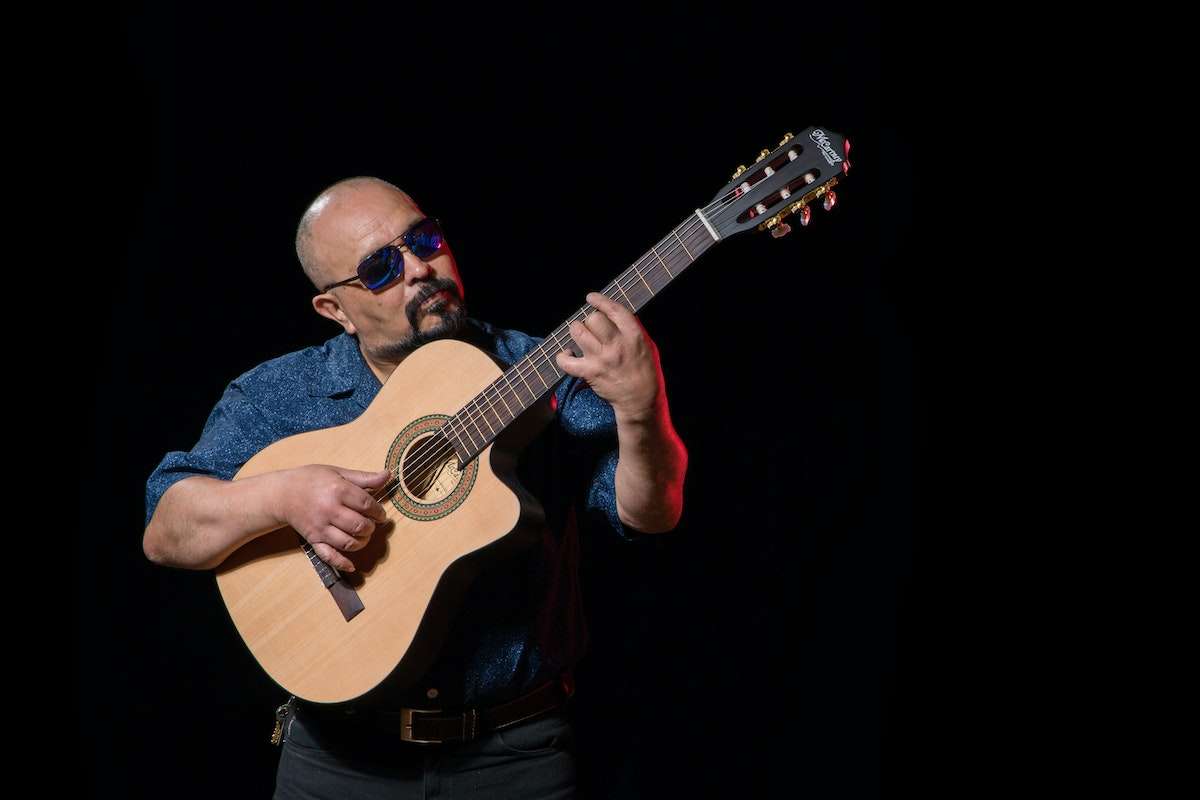
Flamenco Guitar Techniques
Toque is the Spanish word for “playing” and refers to the technique of playing the flamenco guitar. Toque techniques are divided into two categories: right-hand techniques and left-hand techniques. Right-hand techniques are used to create the rhythm and percussion of the flamenco sound, while left-hand techniques are used to create the melody and harmony.
Golpe is a technique where the guitarist hits the body of the guitar with their fingers or knuckles to create a percussive sound. This technique is used to accentuate the rhythm and add emphasis to certain parts of the music.
Apoyando is a technique where the guitarist rests their fingers on the strings after playing a note, creating a sustained sound. This technique is used to create a smooth, flowing sound and is often used in slower, more melodic pieces.
Falseta is a term used to describe a short, improvised solo played by the guitarist. This technique is used to add variation and interest to the music and is often used to transition between different sections of a song.
Arpeggio is a technique where the guitarist plays a chord one note at a time, creating a cascading sound. This technique is used to create a sense of movement and is often used to build tension before resolving to a new chord.
Picado is a technique where the guitarist uses their right-hand fingers to play fast, intricate melodies. This technique is used to showcase the guitarist’s skill and is often used in more virtuosic pieces.
Rasgueo is a technique where the guitarist uses their right-hand fingers to strum the strings in a rapid, rhythmic pattern. This technique is used to create a percussive, driving sound and is a hallmark of flamenco music.
Arrastre is a technique where the guitarist uses their right-hand fingers to drag across the strings, creating a scraping sound. This technique is used to add texture and interest to the music and is often used in slower, more melancholy pieces.
Hand clapping and foot stomping are also important elements of flamenco music, used to create a sense of rhythm and energy. Different strumming patterns are used to create different rhythms, with some patterns being more common than others.
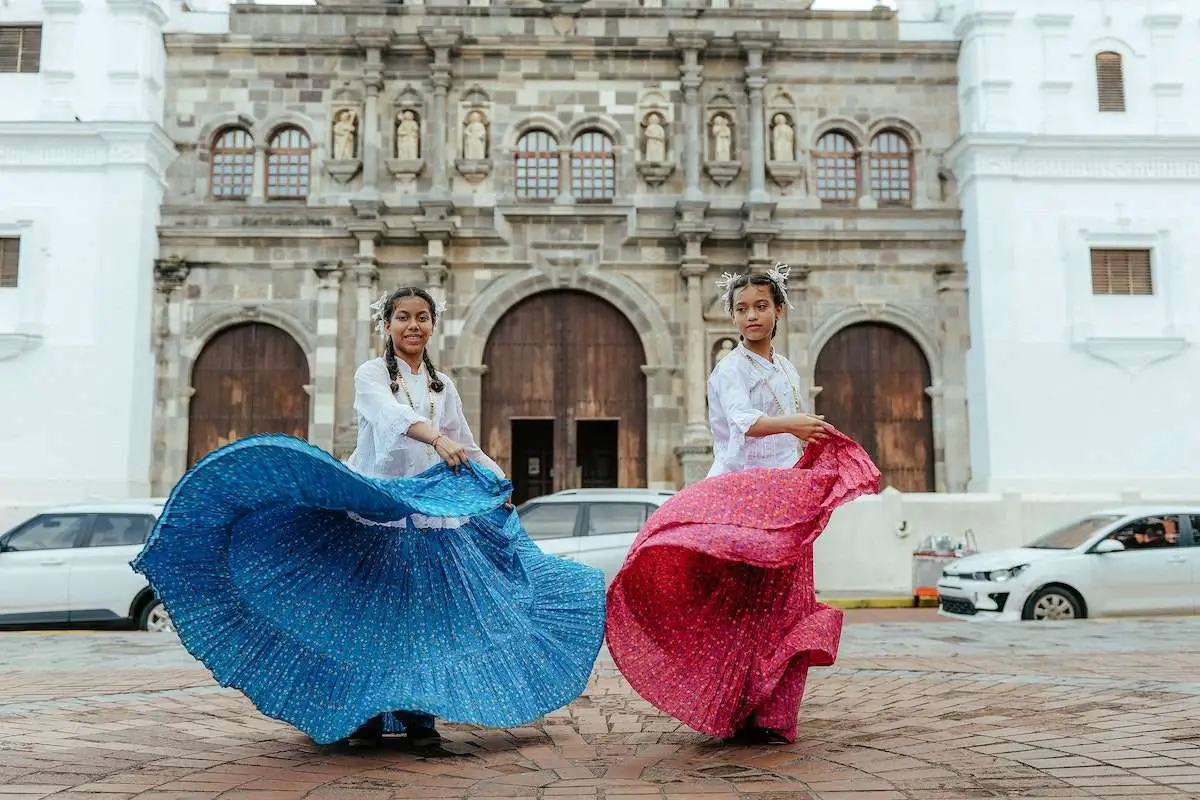
Styles and Genres in Flamenco Guitar
Flamenco is a genre of music and dance that originated in the Andalusian region of Spain. The flamenco guitar is an integral part of the flamenco ensemble, and it has its own distinct styles and genres. In this section, we will explore some of the most common flamenco guitar styles.
Palos
Palos are the various styles or forms of flamenco music. Each palo has its own unique rhythm, melody, and emotional character. Some of the most common palos are soleá, bulerías, alegrías, and tangos.
Compás
Compás is the rhythmic structure of flamenco music. It is the underlying beat that gives the music its distinctive pulse. Each palo has its own compás, which is essential for the flamenco guitarist to master.
Soleá
Soleá is one of the most important and oldest palos in flamenco music. It is a slow, mournful style that is often used to express deep emotions such as sadness and longing. The soleá compás is in 12 beats, and it is considered one of the most difficult to master.
Tangos
Tangos is a lively and upbeat palo that is often used for dancing. It has a 4/4 compás and a distinctive rhythm that is easy to recognize. Tangos is a versatile palo that can be played in a variety of styles, from traditional to modern.
Bulerías
Bulerías is a fast and energetic palo that is often used for dancing. It has a 12-beat compás that is played at a rapid tempo. Bulerías is known for its improvisational nature, and it is often used as a finale or encore in flamenco performances.
Alegrías
Alegrías is a joyful and upbeat palo that is often used for dancing. It has a 12-beat compás and a lively rhythm that is easy to dance to. Alegrías is a popular palo that is often played in flamenco guitar concerts.
Rumba
Rumba is a popular palo that is often associated with Gypsy flamenco. It has a 4/4 compás and a lively rhythm that is easy to dance to. Rumba is a versatile palo that can be played in a variety of styles, from traditional to modern.
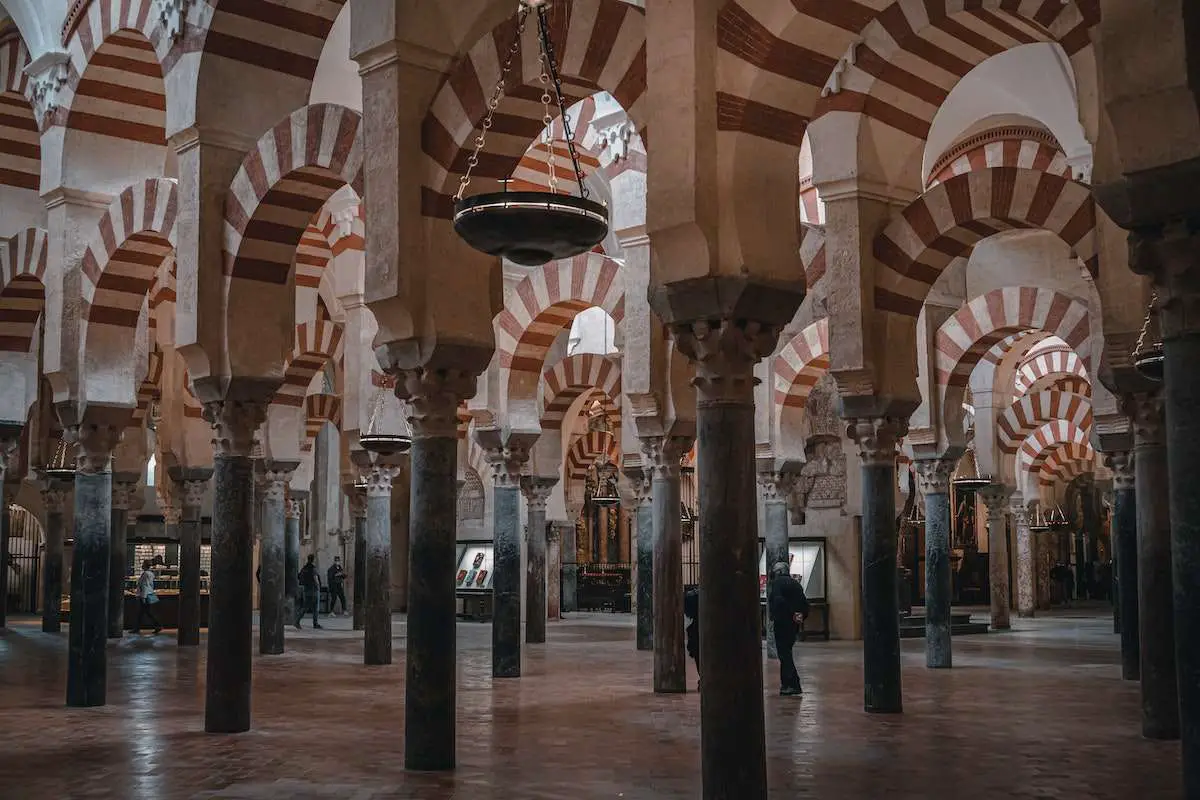
Famous Flamenco Guitarists
Flamenco guitar is an art form that has produced some of the most talented and influential guitarists in the world. Here are some of the most famous flamenco guitarists who have made significant contributions to the genre:
Paco de Lucía
Paco de Lucía is one of the most famous and influential flamenco guitarists of all time. He was born in Algeciras, Spain, in 1947 and began playing guitar at a young age. He became known for his innovative style, which combined traditional flamenco with jazz and other genres. He won several awards throughout his career, including the National Prize for Flamenco Guitar and the Prince of Asturias Award for the Arts. His music continues to inspire guitarists around the world.
Ramón Montoya
Ramón Montoya is considered one of the fathers of modern flamenco guitar. He was born in Madrid, Spain, in 1879 and began playing guitar at a young age. He is known for his technical skill and his ability to incorporate new techniques into traditional flamenco music. He influenced many guitarists who came after him, including Paco de Lucía and Carlos Montoya.
Sabicas
Sabicas was a flamenco guitarist from Pamplona, Spain. He was born in 1912 and began playing guitar at the age of four. He is known for his virtuosic technique and his ability to play both traditional flamenco and classical music. He moved to the United States in the 1950s and became known for his collaborations with jazz musicians like Dizzy Gillespie and Charlie Parker.
Manolo Sanlúcar
Manolo Sanlúcar is a flamenco guitarist and composer from Sanlúcar de Barrameda, Spain. He was born in 1943 and began playing guitar at a young age. He is known for his innovative compositions, which have expanded the boundaries of traditional flamenco music. He has won several awards throughout his career, including the National Prize for Flamenco Guitar and the Medal of Andalusia.
These are just a few of the many talented flamenco guitarists who have contributed to the genre over the years. Each of them has a unique style and approach to the instrument, and their music continues to inspire guitarists around the world.
Flamenco Guitar in Dance and Music
Flamenco is a form of song, dance, and instrumental music that originated in the southern region of Spain, Andalusia. The guitar is an integral part of flamenco music, and it is used to accompany both singing and dancing. The flamenco guitar has a distinct sound that is characterized by its bright, punchy sound, followed by a short decay. This is to ensure that the quick notes that are typical of flamenco music don’t step on one another.
In flamenco music, the guitar is used to provide both melody and rhythm. The guitarist plays a series of chords, arpeggios, and scales that provide a harmonic structure for the song or dance. The guitar also plays a crucial role in providing the rhythmic structure of the music. The guitarist uses a technique called rasgueado to play a series of rapid strums that provide the percussive element of the music.
The flamenco guitar is different from other types of guitars in several ways. Firstly, it has a thinner top, which allows the sound to resonate more easily. Secondly, the strings are set closer to the fretboard, which makes it easier to play fast and intricate passages. Finally, the flamenco guitar has a smaller body than other types of guitars, which makes it easier to hold and play while standing up.
In flamenco dancing, the guitar is used to provide the rhythmic structure for the dancer’s footwork. The guitarist plays a series of chords and rhythms that match the dancer’s movements. The dancer uses a technique called zapateado to create percussive sounds with their feet, which are synchronized with the guitar’s rhythms.
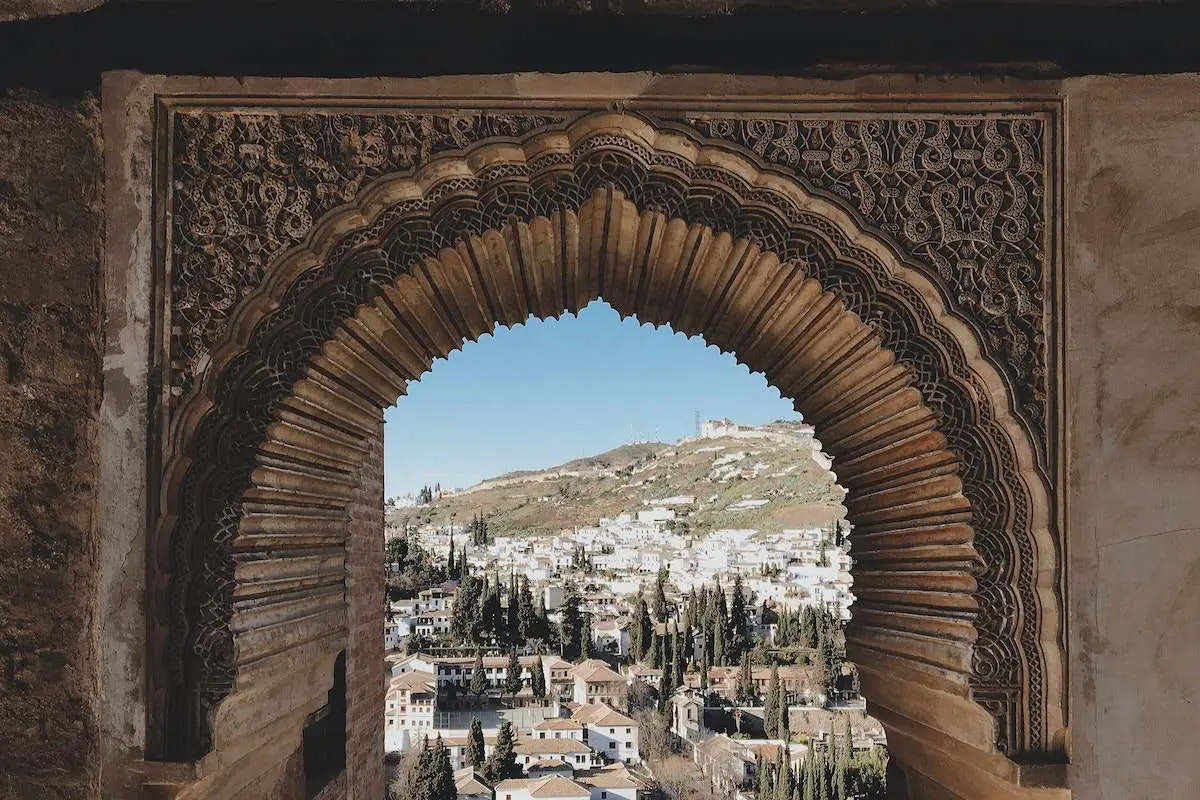
Cultural Impact of Flamenco Guitar
Flamenco guitar is an integral part of Spanish culture and has had a significant impact on the world of music. The guitar is a symbol of love, emotion, and passion, and is often used to convey feelings of sadness, anger, and joy. Its unique sound and style have inspired generations of musicians and listeners alike.
Flamenco guitarists are highly respected in the music world for their technical skill and emotional depth. They are known for their ability to express a wide range of emotions through their music, often drawing on personal experiences of love, loss, and anguish. Their music is a reflection of the human experience, and has the power to connect with people from all walks of life.
The flamenco guitar is often compared to the classical guitar, but it has a distinct sound and style that sets it apart. While classical guitar is more focused on technique and precision, flamenco guitar is all about emotion and expression. The guitar is often played in a percussive style, with the player using their fingers to create a variety of sounds and rhythms.
The Spanish guitar has been a part of Spanish culture for centuries, and flamenco guitar has played a significant role in shaping its evolution. The guitar has been used in a variety of musical genres, including classical, folk, and popular music. However, it is in flamenco where the guitar truly shines, with its unique sound and style perfectly complementing the passionate and emotional nature of the music.
Conclusion
In conclusion, the flamenco guitar is a unique type of guitar specifically designed for playing flamenco music. It is an essential component of the flamenco genre known for its unique playing techniques and sound.
Learning to play the flamenco guitar can be challenging, but it is also rewarding. With dedication and practice, you can learn to play the unique and beautiful music of the flamenco genre.
